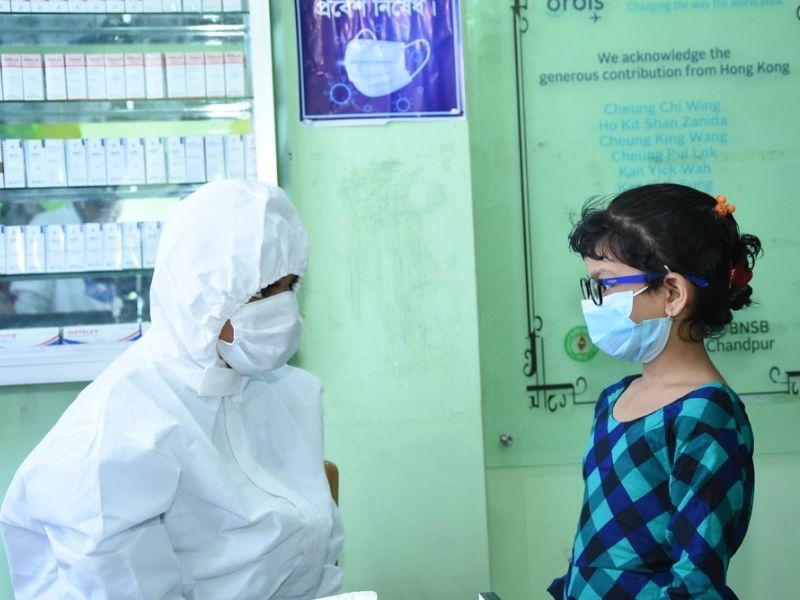Reshma Ravishanker
The first response of a parent whose child is tested Covid positive is to patiently address the child’s concerns and empathize with them if anxious say psychiatrists in the country.
Fears loom over a large number of children testing positive in the third wave of the Covid-19 pandemic despite assurances from the medical fraternity that the severity is very less among children. While physicians could address the treatment aspects of the child who has tested positive, the onus of taking care of the child’s health falls on the family if asymptomatic or showing mild symptoms and under home quarantine.
Dr Kannan Gireesh, Chennai based psychiatrist and founder of Live Life Education Private Limited advises that if a child tests positive or is showing symptoms such as cough, cold or fever, immediate medical attention must be sought.
“We know that it is not very severe among children. Yet, parents should not dismiss these symptoms as that of a normal viral flu or go by the general opinions. ‘Don’t google-treat the child at home. Seek advice from a medical practitioner as a first step. Secondly, stop dismissing the child’s fears and saying that child ‘everyone is going through this. It is not a big deal’. Allow the child to vent their feelings,” explains Dr Gireesh on dealing with children during the pandemic.
Unmistakably, parents are anxious should their child test positive. Dr Satish Ramaiah, a psychiatrist from People Tree Hospital, Bengaluru enlists six crucial aspects to be followed while a child has already tested positive.
1. Don’t display your anxiety
It is certainly concerning when a child tests positive. However, parents displaying their insecurities and panic before the child could have a negative impact. Parents must talk to the child about the pandemic, invoke their confidence. In the older children who have understood the impact of the pandemic, motivational talk about recovery could help.
2. Give them ownership
If a child is under home isolation, give them adequate nutrition and hydration as recommended by the doctor. After explaining the advice given by the physician, explain the same to the child and allow them to take lead in following appropriate measures to make them feel empowered. Educate them about the Covid appropriate protocols to be followed.
3. Keep them engaged
If the child is asymptomatic and has an online schooling option, do not disconnect them from academics. Keep the child engaged to help them not feel isolated. Encourage them to play online games. Help them participate in creative activities such as painting, drawing and listening to music. These help keep the cognition stronger.
4. Be a good listener
Listen to the child’s feelings. If a child is experiencing palpitations or extreme fear, do not dismiss it. Instead, acknowledge that the situation is such, it could arouse anxiety and that it could be dealt with. Allow them to vent their feelings.
5. Keep interacting
If a child is 15 and above and asymptomatic, generally, the child could be isolated alone. However, ensure that the child has a face to face contact with others from a safe distance every day. Encourage them to talk to their friend over a video call under parental supervision. Isolating a child alone is dependent on the child’s cognitive and emotional maturity. It is advisable that for anyone below 12, one parent also isolate the child to ensure they do not experience loneliness.
6. Fresh air
Should a child test positive and require isolation from the rest of the family, it must be done so in a well-ventilated, bright, and airy room. Ensure the room is not gloomy, has a view of the outside world. Give children access to gadgets where they can watch animated movies or series of their choice or access books for distraction.
Also read:
Covid-19 pandemic has severely impacted children
Will the third wave of Covid-19 put children at greater risk?
Covid-19 information explosion spawning behavioural changes & anxiety among children
